For those of us in beverage manufacturing, there’s been a lot of big talk lately about the future requirements of our beverage labels. If you’re using beverage ERP software, you probably don’t have too much to worry about. ERP for the alcohol manufacturing industry is built to make following these new guidelines a breeze.
Why are the regulations changing?
If you pay attention while shopping, you’ll notice that most alcohol doesn’t include nutrition information or “serving facts” on the label.
Why haven’t we labeled alcohol better?
After Prohibition, it was common practice for people to not label their alcohol because it wasn’t regulated! The U.S. created the Alcohol and Tobacco Tax and Trade Bureau (TTB) to monitor, tax and regulate alcohol instead of including it under the FDA.
With the TTB in charge, the compliance rules have been gray. These blurry rules have led to what we are now experiencing: a lack of information on the label of most alcoholic beverages for the past 50+ years.
Not much progress has been made since 2013, when the TTB made it optional for alcohol manufacturers to display information regarding servings per container, ideal serving sizes and the alcohol content of the liquid in the bottle.
Some companies have started including some or all of that information on their packaging, but it’s far from standardized.
Previous generations haven’t been as concerned about the ingredients in or nutrition facts of the food they consume. With younger consumers who are more health-focused when shopping, it’s time to start including more detailed information on the packaging.
In the current TTB lawsuit, consumers want to standardize the information on the label of alcohol. The hope is to create a label similar to what you see on a bag of chips or anything else you can buy in a grocery store.
Standardizing these labels will allow consumers to become aware of potential allergies and intolerances. Standard labeling would also enable health-conscious consumers to peek at ingredients they may be attempting to avoid or are uninterested in consuming.
The specifics on what needs to be labeled under the current regulations are blurry at best, but with the hopes of securing more formal regulations by 2024, it’s important to start planning. Many manufacturers will need to secure new alcohol labeling software and, depending on their business needs, a beverage ERP software.
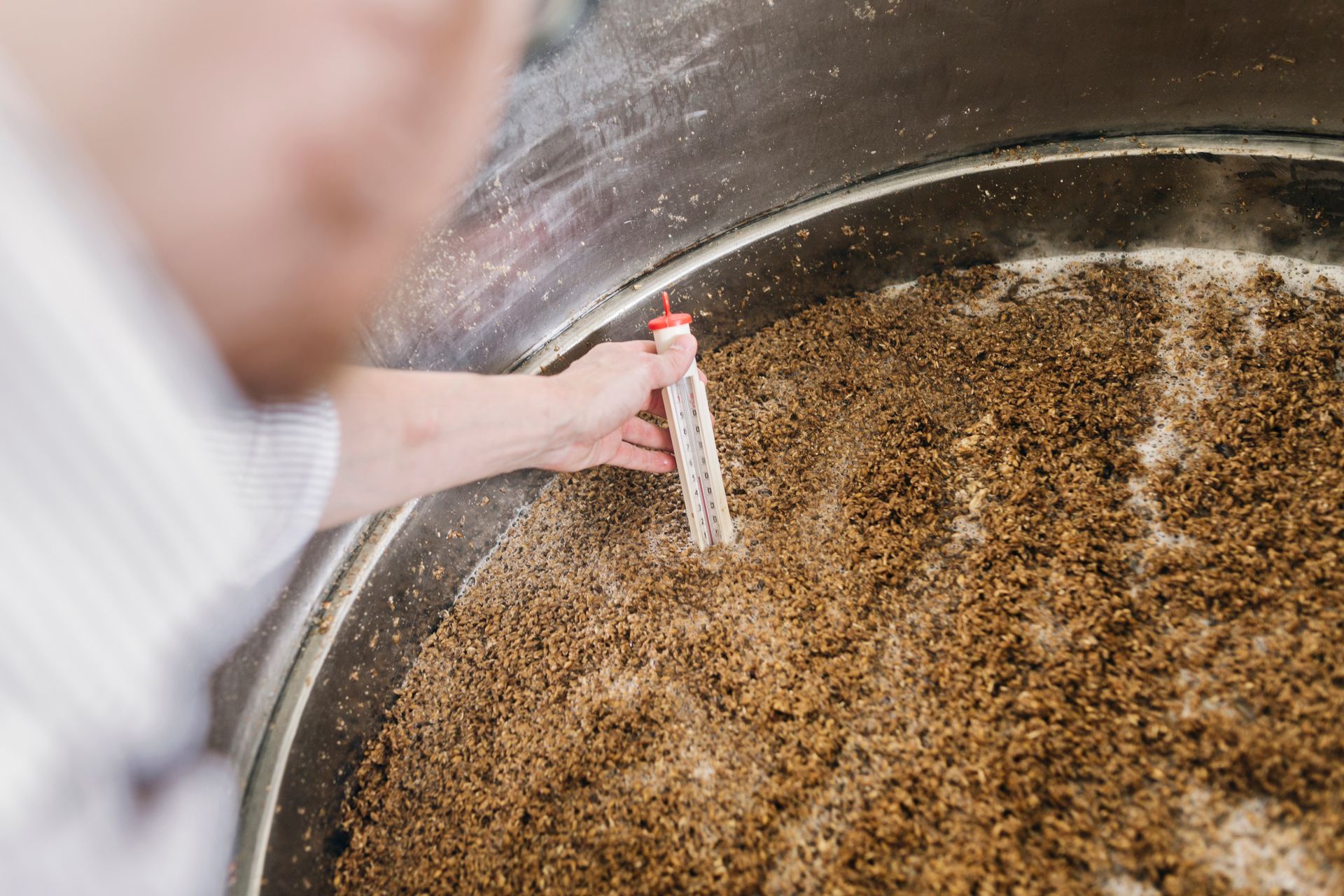
What will the new regulations require?
We won’t know the new regulations until something serious is passed, but a great place to start getting an idea of what will be required is the TTB lawsuit.
In the current TTB case, the prosecution wants to see ingredients, serving facts and allergens listed on the bottle. The goal is to give Americans the information they need to moderately consume the beverages of their choice. These regulations aim to help Americans better grasp the number of calories they are ingesting through their drinks.
It’s estimated that Americans consume over 400 calories per sitting when it comes to alcoholic beverages. Of course, most people aren’t googling how many calories they have in their glass of wine or a shot of their favorite liquor. Nevertheless, alcohol tends to be a lot more calorically dense than we expect. Giving visibility to this fact will make it easier for those watching what they consume to make positive decisions.
America is pursuing this; however, we aren’t the first. The EU will require ingredient labeling on wine starting in early 2024. As they underwent the process of making this decision, they considered QR codes and website links. While they haven’t made a final statement, it’s likely the EU will allow ingredients to be labeled via a QR code.
The EU did some research and found that those under 40 are more likely to care about what is in their wine and be technologically competent enough to pursue a label based on a QR code. While it feels like a win, some could argue that the information is still too inaccessible, and it shouldn’t require any additional steps to learn about what is in our beverages. Only time will tell as the EU rolls this out in 2024.
How will this impact your business?
For many of us, this shift will require an update or upgrade to our beverage manufacturing software or alcohol packaging software. Not everyone’s software will be ready and capable of creating materials for labeling based on the information it knows about the products.
The overall consensus regarding wine packaging is that the ingredients tend to be minimal, so what’s the danger in listing them? Most wines are simply grapes and yeast with one or two other additions. So hopefully, it will be a small adjustment, allowing us to adequately educate our customers in the long run.
Other alcoholic beverages may have more to worry about as their ingredient lists can be more complex. Any premixed cocktails, multigrain beers and new “lower calorie” or “light” options will be among the drinks with intense ingredient lists if this goes into effect.
What would make the process easier?
Some beverage ERP softwares are equipped to make meeting these new regulations easy, but without the help of a detail-oriented system, some of the percentages regarding alcohol content per serving and flavor additives will be hard to come by.
Crafted ERP makes it easy to pull the information needed to label correctly.
"We have an additive item concentration record attached to every batch that shows all additives and their concentrations in the wine. These could easily be pulled to labels and reports," explained Michael Alley, Crafted ERP wine industry product lead.
Your ERP should be able to help you roll out new packaging and labels, along with helping you prep your product for fulfillment.
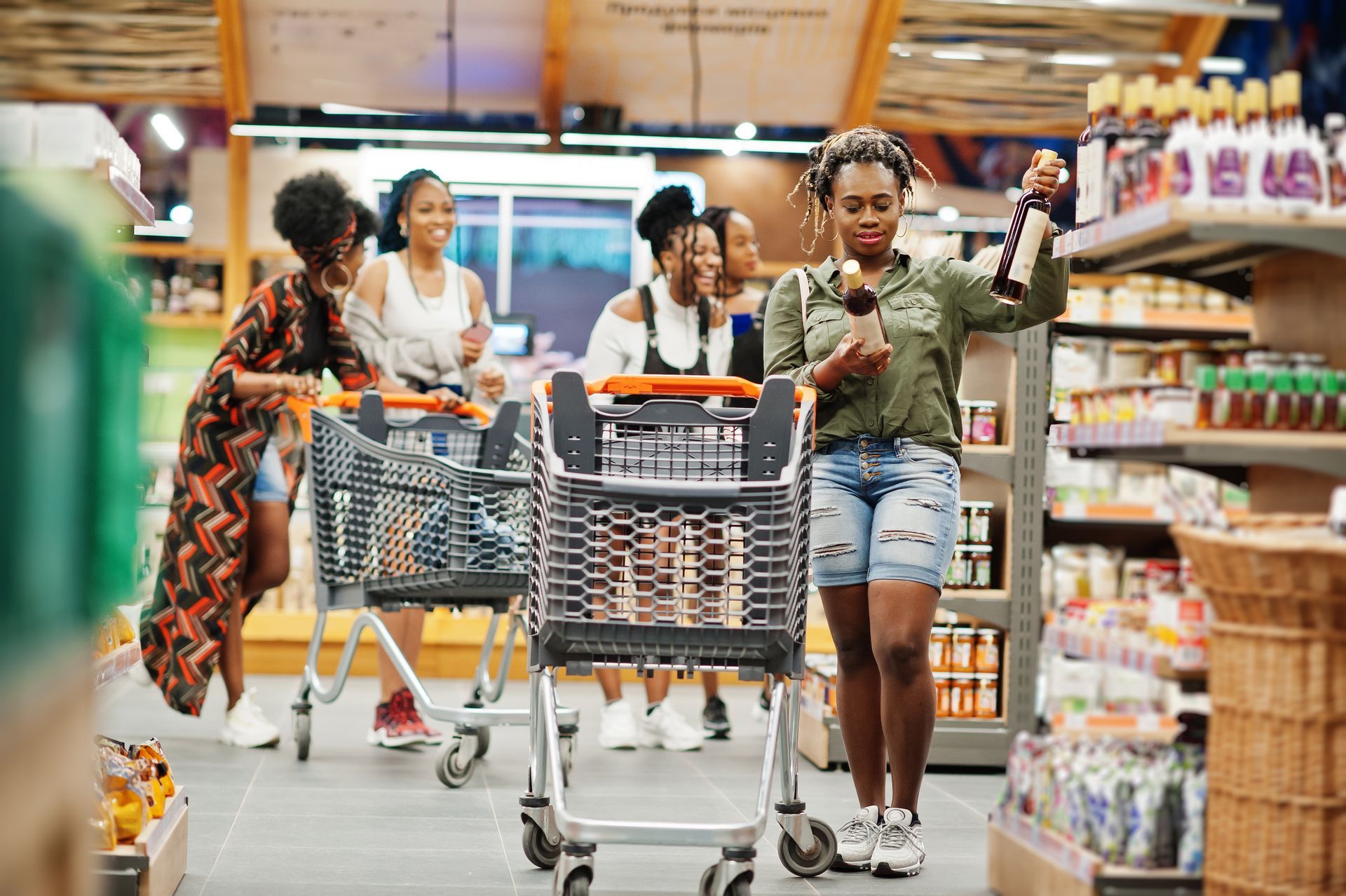
When should you get on board?
The Center for Science in the Public Interest is encouraging companies to start putting these things on the label long before the regulations go into effect. They hope to use some early adopters to push the regulatory work forward.
With the EU pursuing similar policies, these requests won’t go away any time soon! Why not embrace the alcohol labeling regulations and use your beverage ERP software to get a jump on staying compliant?
If you want to chat about how Crafted ERP can help you get a head start on these regulations,
contact us. Our team of beer, wine and spirits professionals is ready to help!
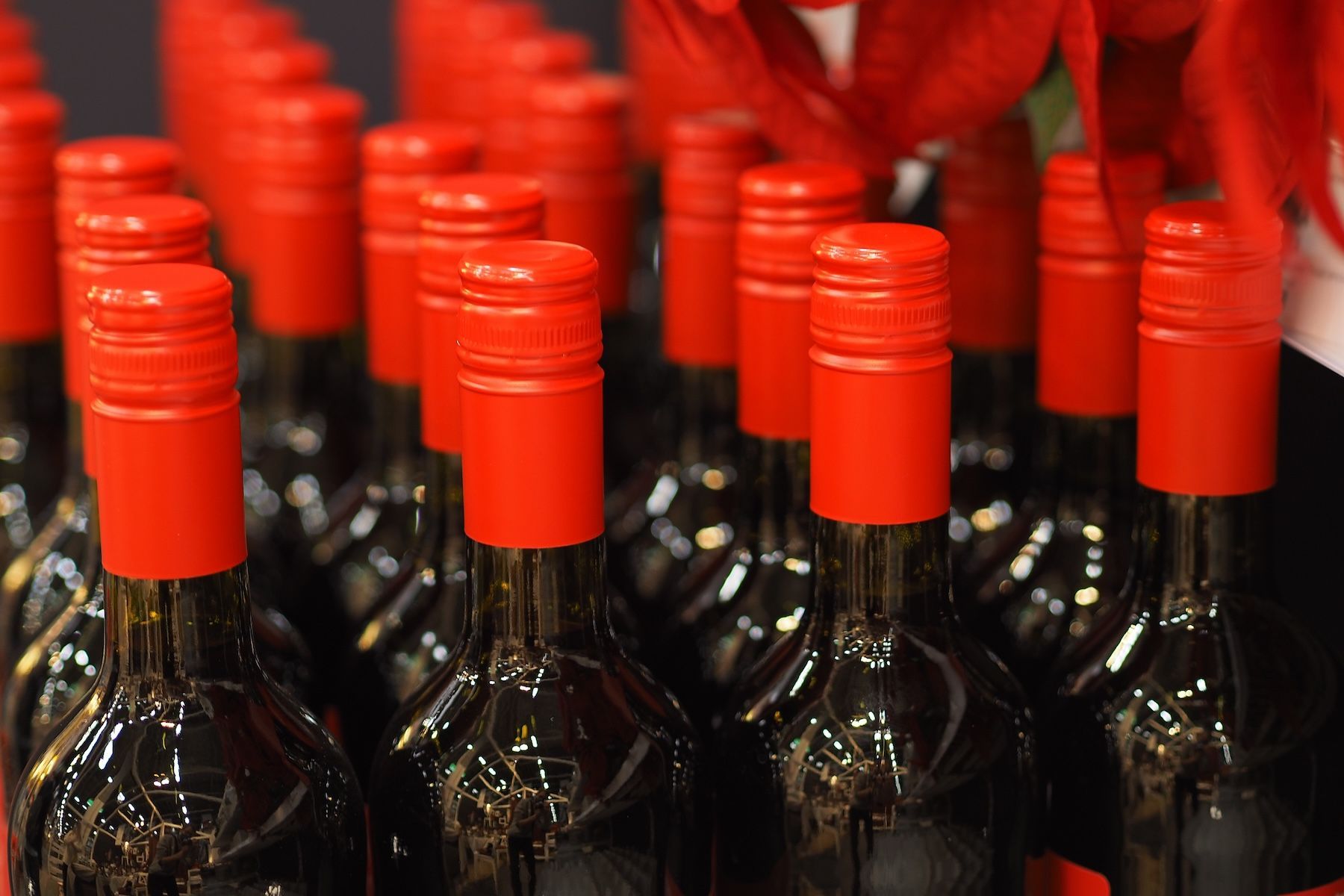
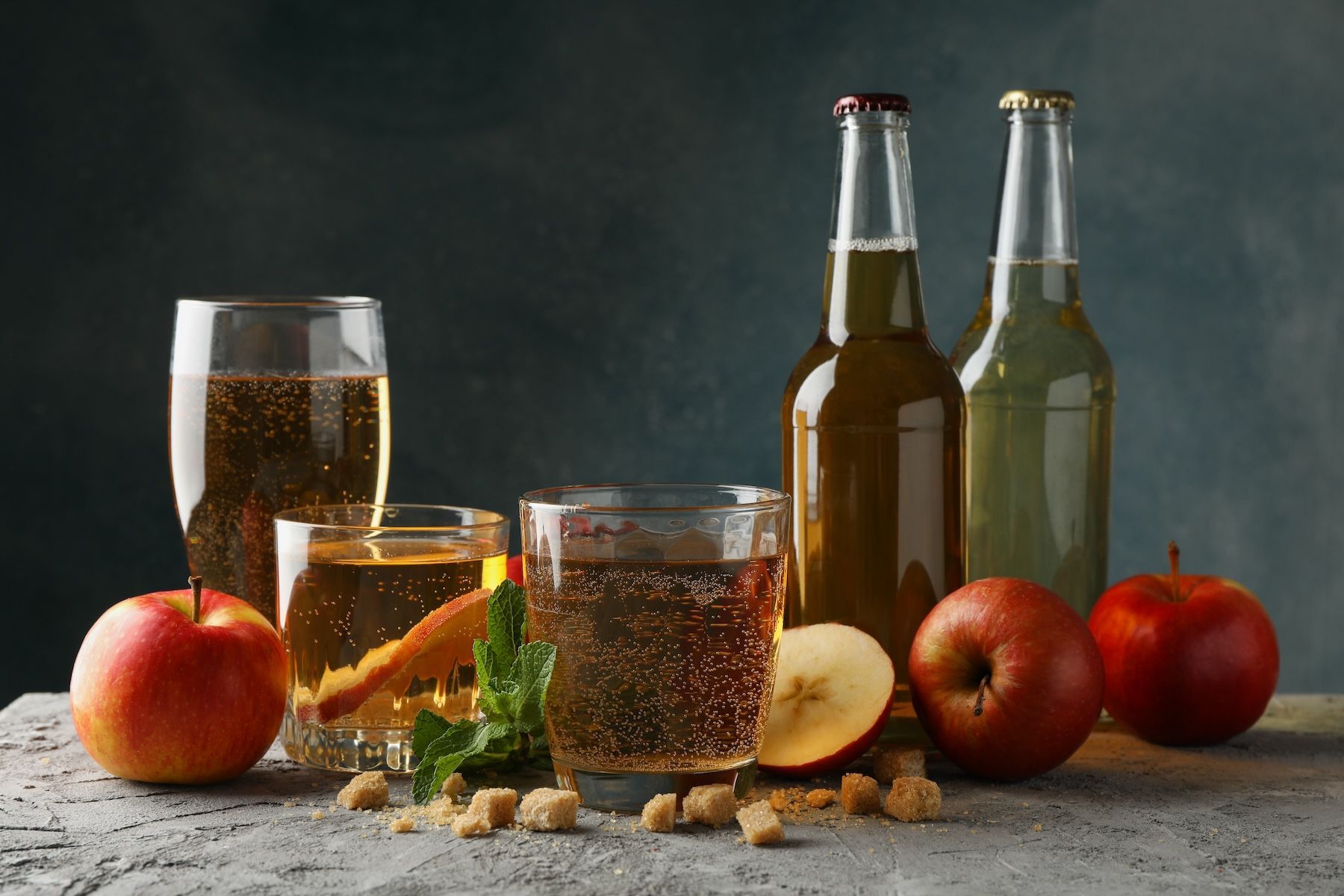


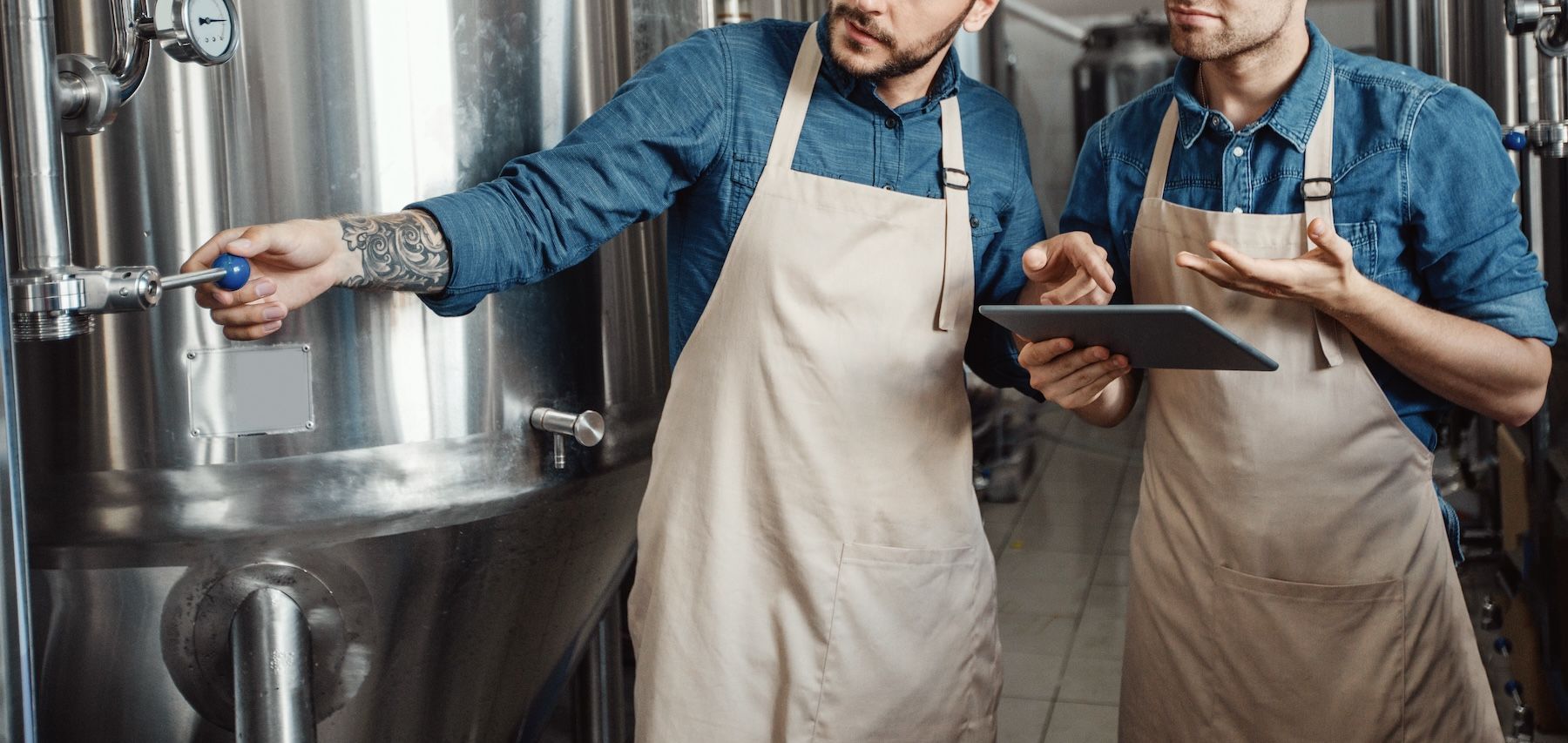
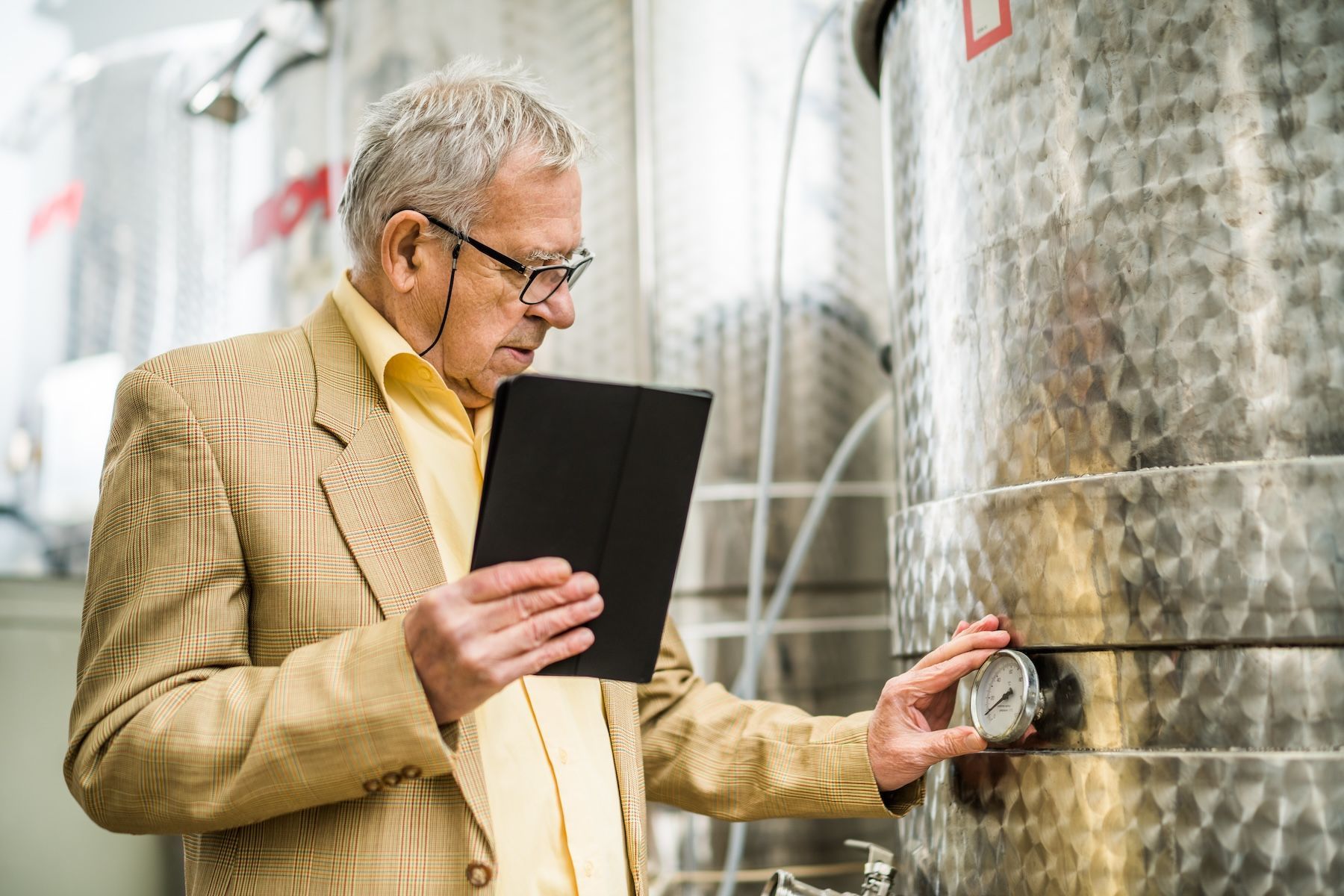
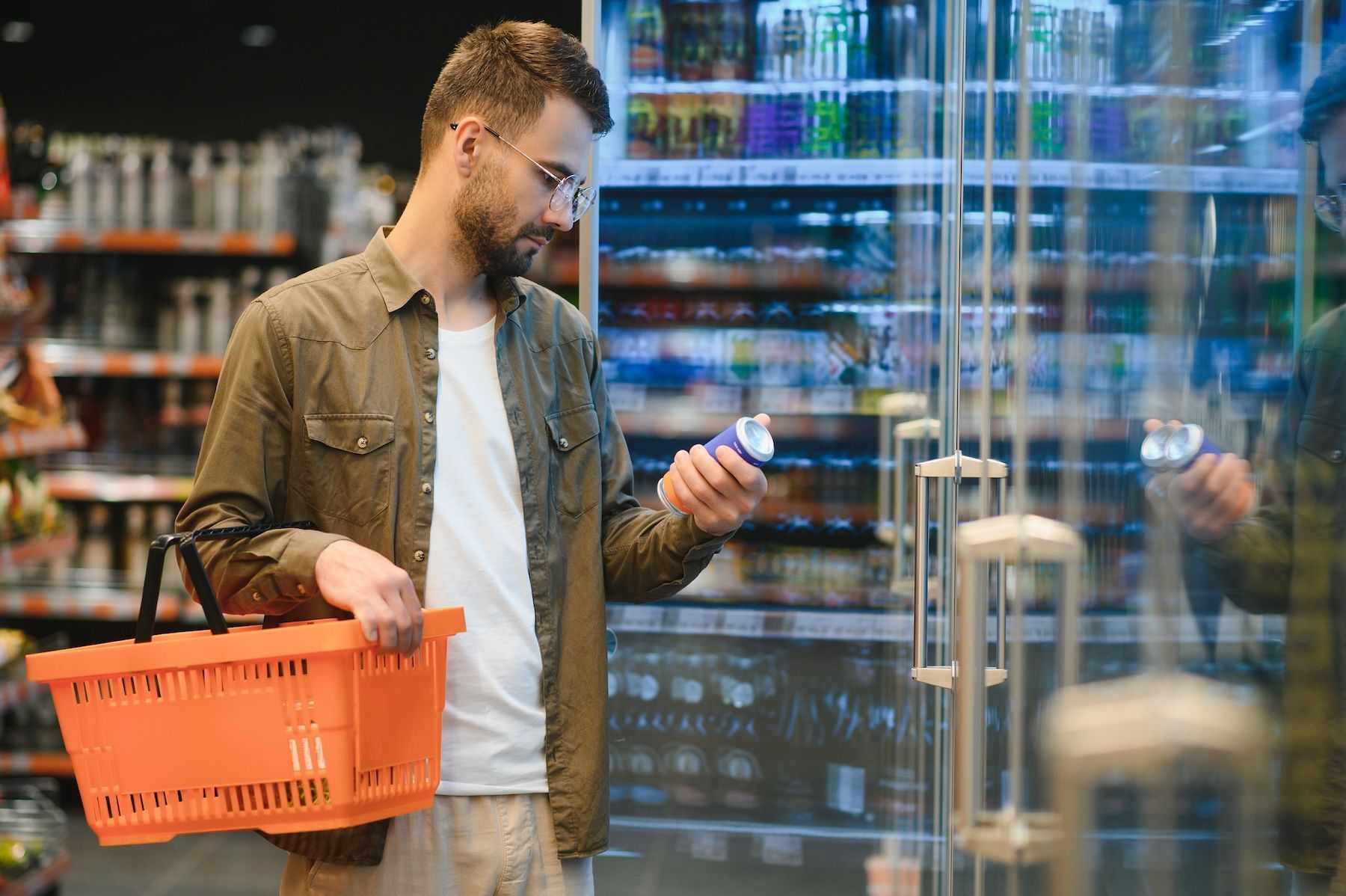

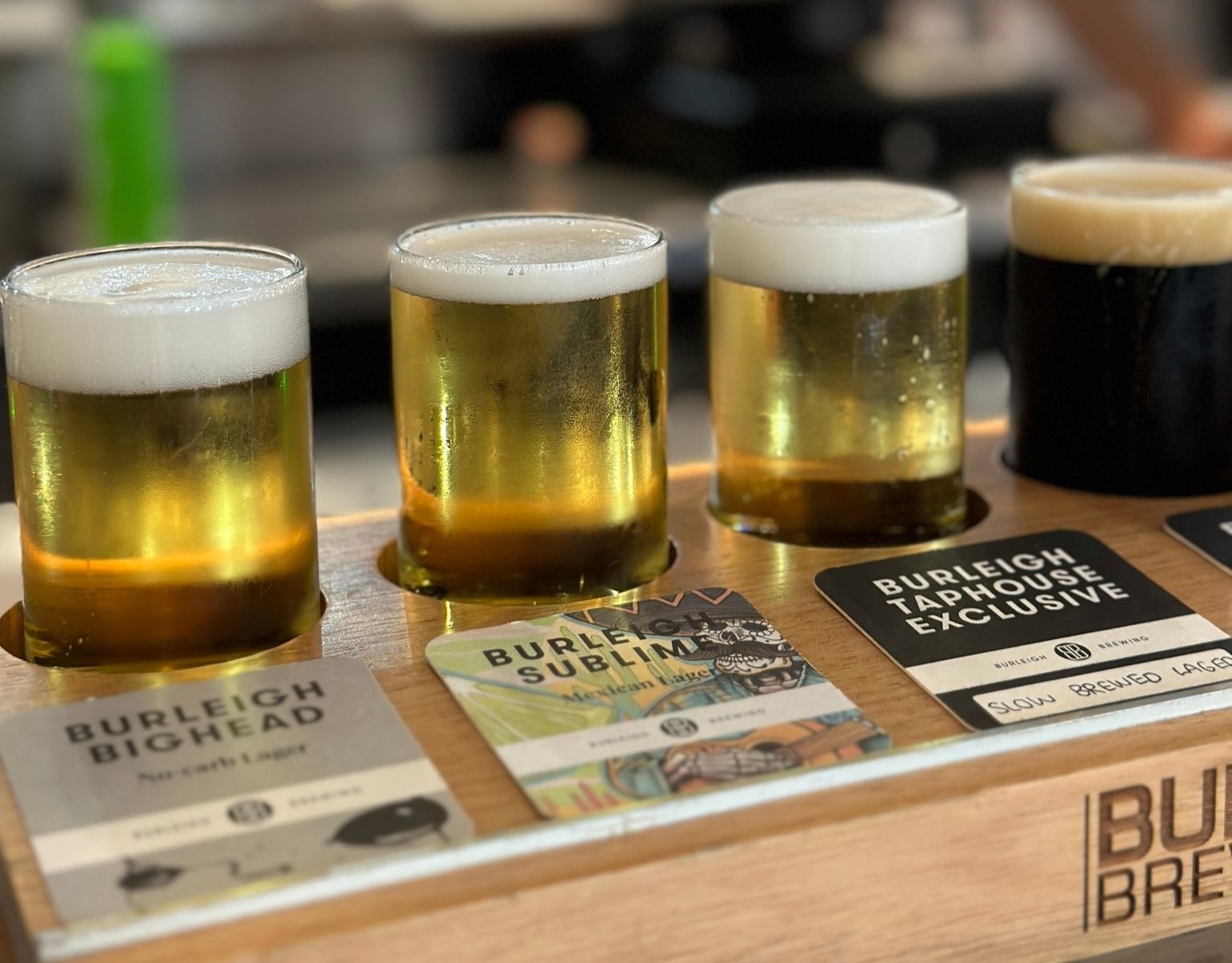
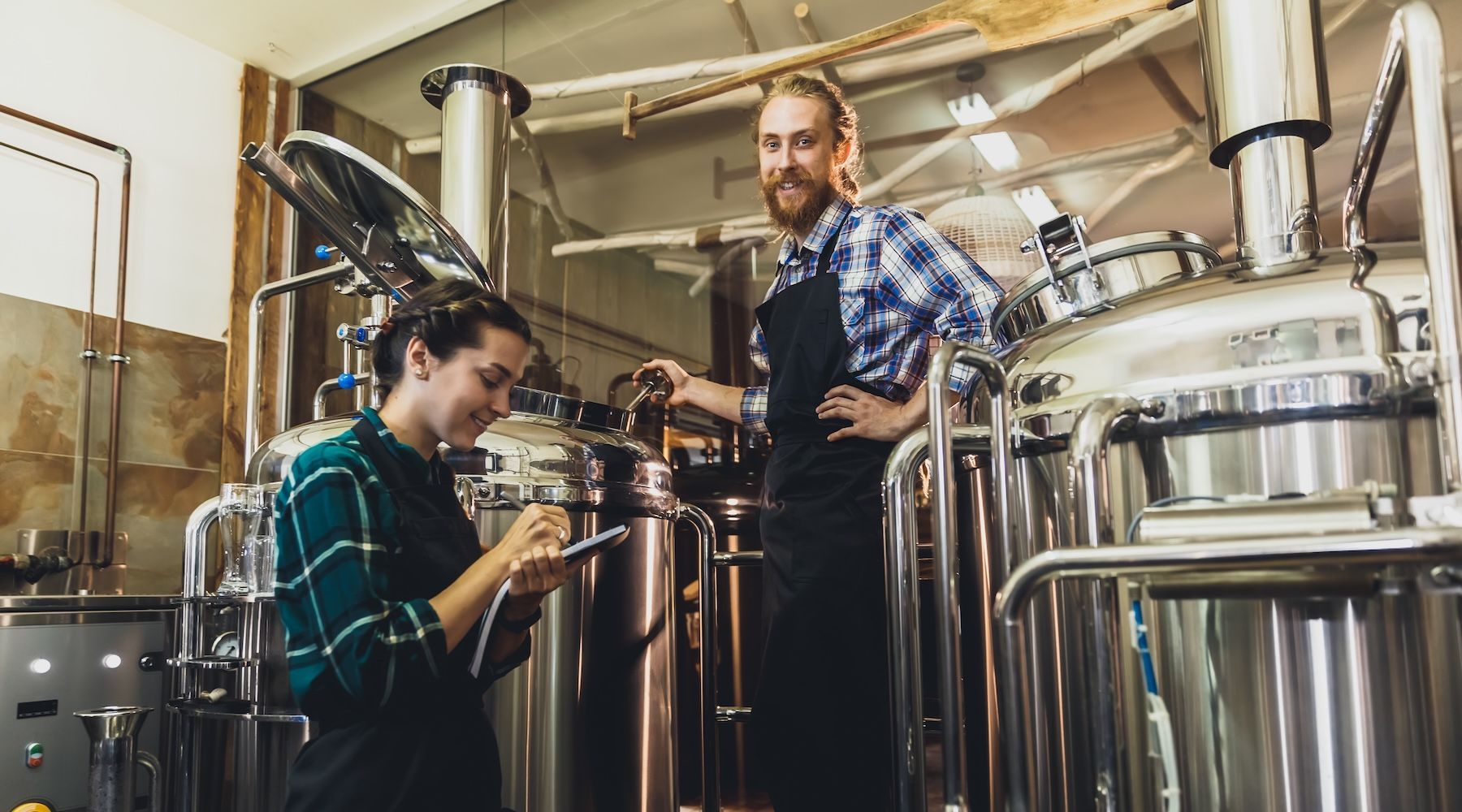
GET IN TOUCH
1512 Larimer Street, Suite #150
Denver, CO 80202
United States
(720) 699-0200
66 Goulburn Street
Sydney, NSW, 2000
Australia
+61 2 9044 1330

